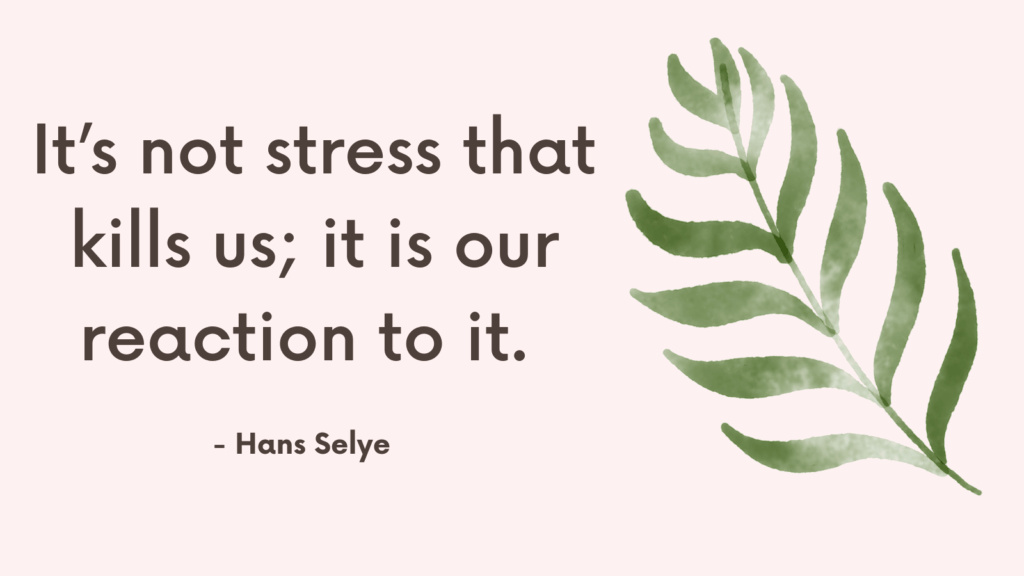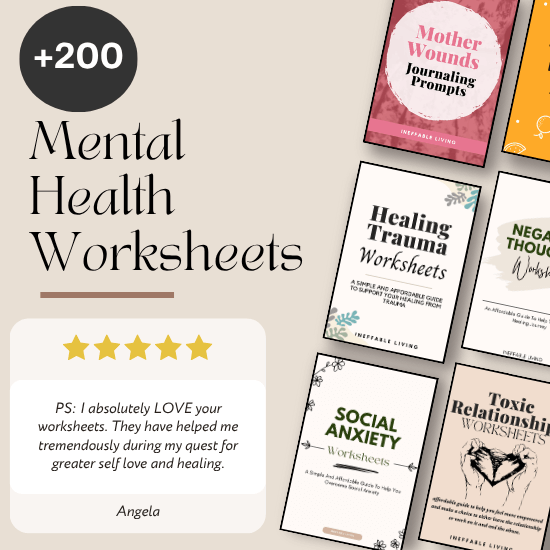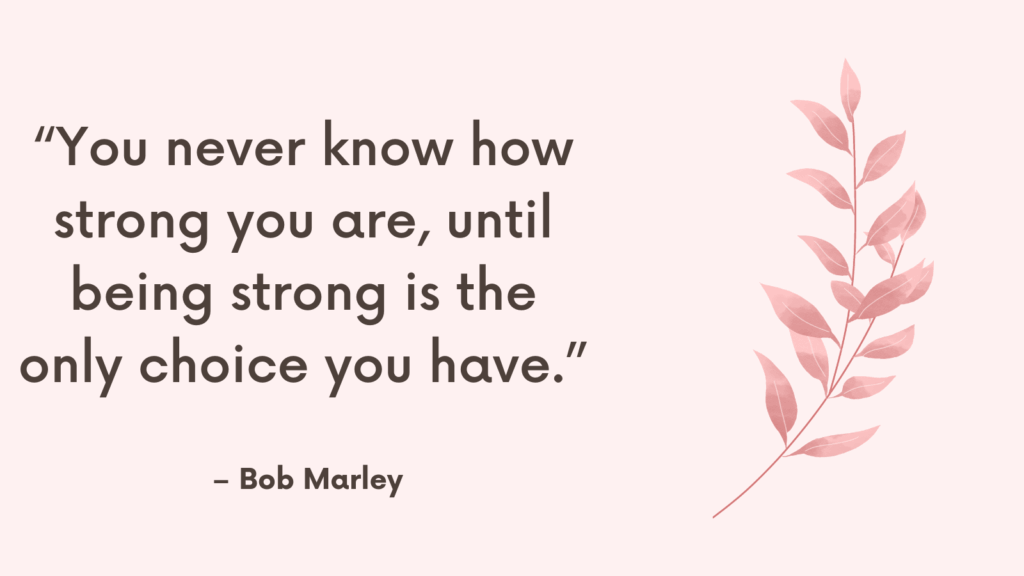Holding onto things beyond your control drains your energy and clouds your peace. Whether it’s past mistakes, other people’s actions, or unexpected life events, clinging to the unchangeable keeps you stuck in frustration, regret, or anger. Letting go isn’t about giving up—it’s about choosing freedom. You can’t rewrite the past or control others, but you can reclaim your calm, your focus, and your life.
Why Is Letting Go So Hard?
Letting go isn’t just a mental choice. It’s an emotional process tied to grief, fear, identity, and the illusion of control. We often hold on because:
- It gave us meaning or stability
- We fear what life looks like without it
- We believe things should have been different
- We’re still waiting for validation, closure, or justice
- Letting go feels like we’re losing a part of ourselves
What we don’t realize is that holding on can quietly harm us more than the thing we’re trying to save.
Signs You’re Struggling to Let Go
- You replay “what if” or “if only” thoughts constantly
- You can’t talk about the situation without feeling emotionally hijacked
- You’re stuck in cycles of anger, guilt, or regret
- You keep seeking closure from someone who isn’t capable of giving it
- You delay your own growth because you’re still rooted in the past
If you notice these patterns, it may be time to explore the deeper process of release.
What You Can’t Control
Letting go starts by recognizing what’s outside of your power. You cannot control:
- The past
- Another person’s choices, thoughts, or feelings
- How others receive or interpret you
- Unpredictable life events (loss, illness, change)
- Whether someone gives you closure
What you can control is your response, your boundaries, your self-talk, and your next step.
How To Let Go Of What You Can’t Change?
1. Recognize What Is—and Isn’t—In Your Control
Ask yourself:
“Can I change this situation, or only how I respond to it?”
Accepting limits is the first step to release.
2. Feel the Resistance Without Fighting It
Holding on is often rooted in fear: fear of loss, failure, or uncertainty. Instead of pushing away discomfort, say:
“I see you, fear. I don’t have to be ruled by you.”
3. Shift Your Energy From Fixing to Accepting
Acceptance doesn’t mean liking or approving—it means making peace with reality so you can move forward.
4. Use Mindfulness to Anchor You in the Present
When your mind drifts to what you can’t change, gently bring it back to now:
Notice your breath, your body, the sounds around you. Presence softens grip.
Related: Top 10 Tips On How To Practice Stoicism (For a Good, Happy Life)
5. Reframe Letting Go as Gaining Space
Imagine your hands releasing a heavy load—letting go creates room for new possibilities, peace, and joy.
6. Practice Self-Compassion Through the Process
Letting go can feel like loss. Treat yourself kindly—grieve what you can’t hold, and honor your courage to move on.
7. Write a Letter to What You Can’t Change
Express your feelings, frustrations, and wishes. Then, if it feels right, symbolically release the letter—burn it, bury it, or tear it up.
8. Focus on What You Can Influence
Direct your attention to actions, thoughts, and relationships where your power truly lives. This builds confidence and momentum.
9. Seek Support to Process Your Emotions
Talk to trusted friends, a therapist, or a support group. Sometimes letting go needs company.
10. Remind Yourself: Freedom Is Found in Surrender
Saying “I can’t control this” is not defeat—it’s wisdom. It’s choosing peace over resistance, flow over fight.
Related: How to Overcome the Fear of Losing Control?

Conclusion
Letting go of what you can’t change is a gift you give yourself—a gift of lightness, freedom, and clarity. It doesn’t erase the past or solve every problem, but it opens a path to live fully in spite of what was or what might be. When you release the unchangeable, you reclaim your life.



